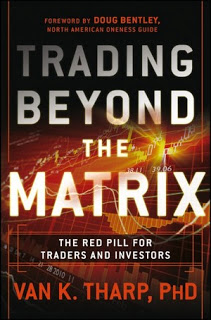The following 10 reasons may be why the 10% of long term profitable traders take the money from the 90% that are unprofitable. I see these differences in real life all the time. There is a big difference between profitable and unprofitable traders that usually comes down to homework, mental discipline, and risk management.
- Winning traders let winning trades get as big as possible before exiting. They have the really big winners to pay for all the losers.
- Winning traders have no patience for losing trades, they keep losses small. They know how not to give back their profits with big losing trades.
- They are focusing on trading actual price action not their own opinions or beliefs.
- They are experts on the trading vehicles that they trade.
- The trade with the trend in their time frame.
- Good traders know that their trailing stops are smarter than they are.
- Profitable traders know that it is their robust methodology that makes them profitable not any one trade.
- Winning traders are great risk managers. Their #1 concern is how much they can lose, their #2 concern is how much they can make.
- Profitable traders have put in the time, usually years and thousands of hours to learn what really makes money in the markets.
Profitably traders have studied historical price data, chart patterns, trends, and price action.

 Some wise views from Larry Hite:
Some wise views from Larry Hite:
